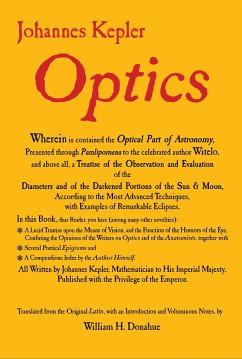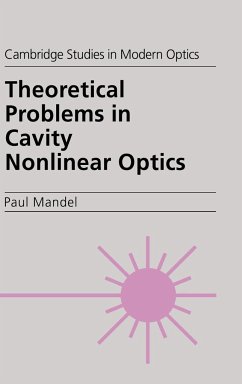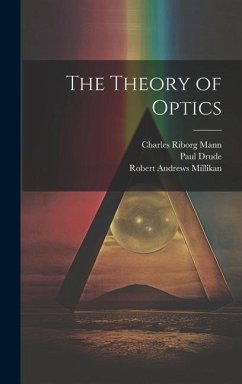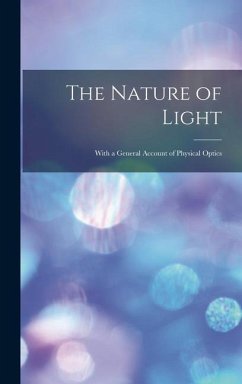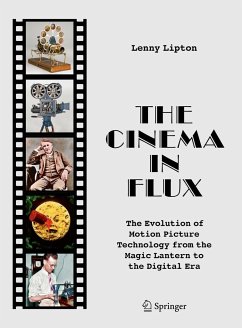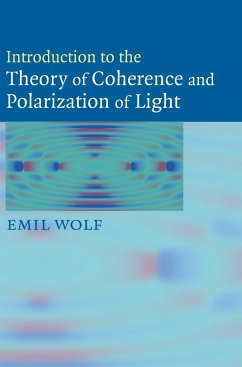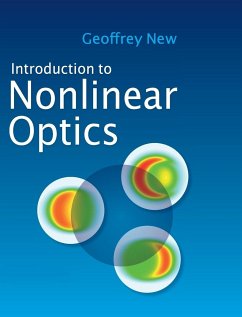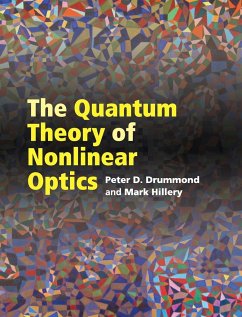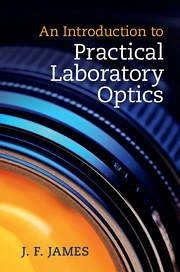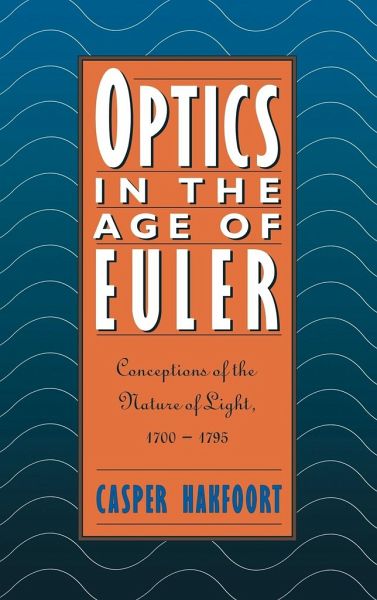
Optics in the Age of Euler
Conceptions of the Nature of Light, 1700 1795

PAYBACK Punkte
52 °P sammeln!
According to received historiography, the fundamental issue in eighteenth-century optics was whether light could be understood as the emission of particles or as the motion of waves in a subtle medium. Moreover, the emission theory of light was supposed to have been dominant in the eighteenth century, backed by Newton's physical arguments.This picture is enriched and qualified by focussing on the origins, contents, and reception of Leonhard Euler's wave theory of light published in 1746, here studied in depth for the first time. Contrary to what has been assumed, in an important sense, the par...
According to received historiography, the fundamental issue in eighteenth-century optics was whether light could be understood as the emission of particles or as the motion of waves in a subtle medium. Moreover, the emission theory of light was supposed to have been dominant in the eighteenth century, backed by Newton's physical arguments.This picture is enriched and qualified by focussing on the origins, contents, and reception of Leonhard Euler's wave theory of light published in 1746, here studied in depth for the first time. Contrary to what has been assumed, in an important sense, the particle-wave debate only starts with Euler. In addition, Euler's wave theory was the most popular theory in Germany for thirty-five years. Finally, when the emission view of light suddenly became dominant in Germany around 1795, new chemical experiments were crucial. Reflecting on the mathematical, experimental, and metaphysical aspects of physical optics, Casper Hakfoort provides as an epilogue a general picture of early modern science.





